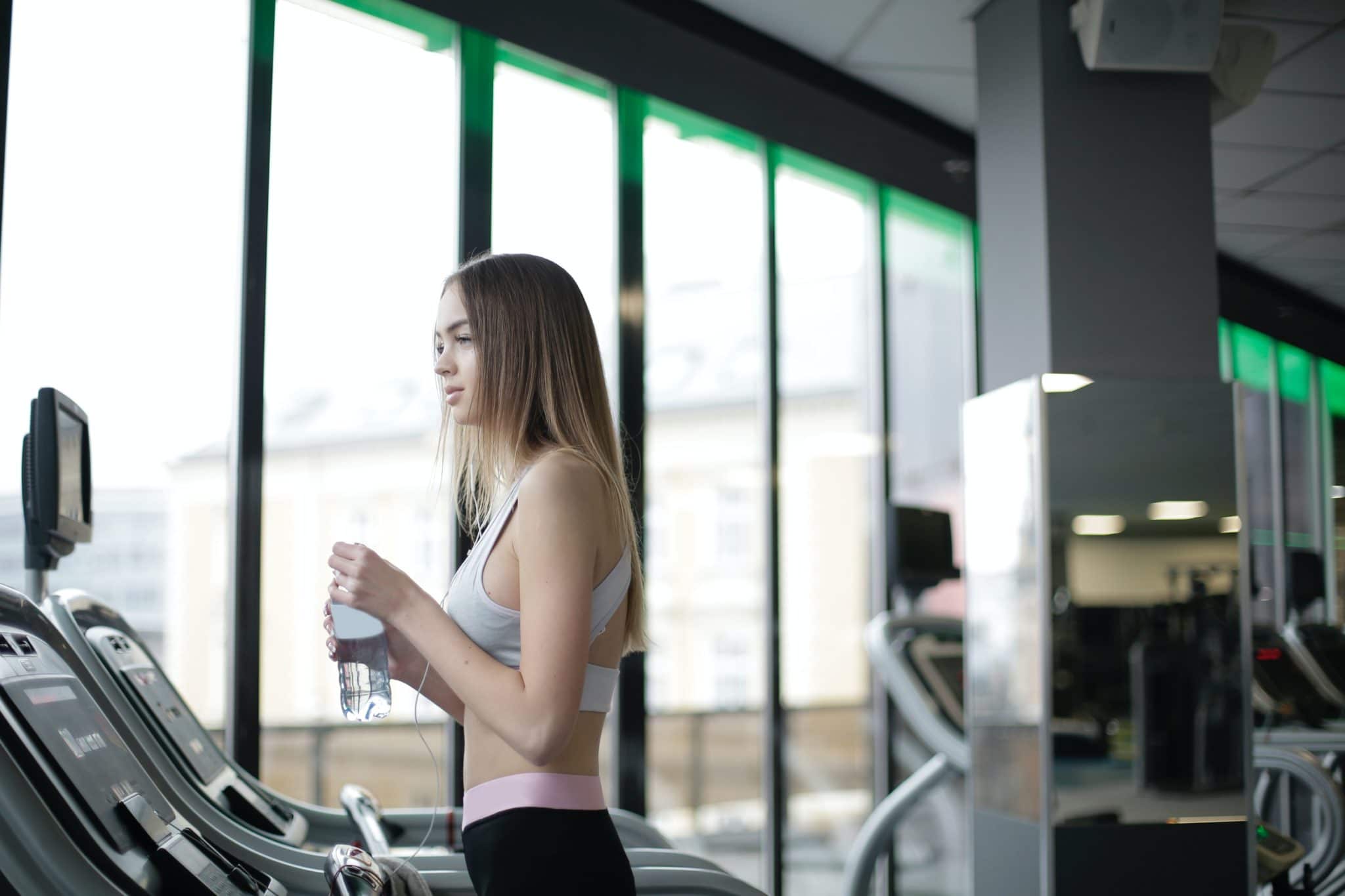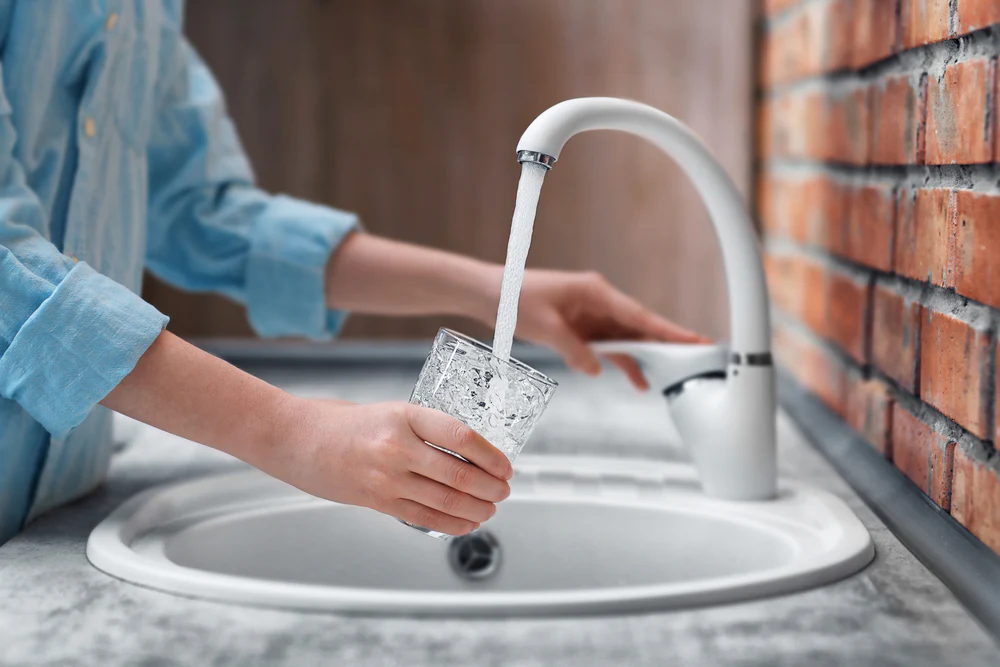Starting your own gym or fitness club can be an exciting endeavor but like with any business can take more work than you think. Creating a safe, welcoming environment is essential to encourage people to visit and become members. Before opening your doors to the public, there are several fitness center standards to keep in mind to get started and maintain the compliance necessary as a licensed business. Here’s a general guide of gym requirements necessary to operate properly and set yourself up for success.
Establish Credentials
Becoming a gym owner doesn’t automatically require a degree in exercise science or athletic training. However, health fitness facility standards and guidelines call for certain credentials to be intact and also to build credibility among your competitors. Most fitness centers and gyms only accept accreditation from the National Board of Fitness Examiners (NBFE) or the National Commission for Certifying Agencies (NCCA) as the gold standards for certifications.
It’s valuable to have knowledge and experience in the field with training certifications to secure your legitimacy among other fitness centers. When people invest in their health, they want to know they’re working with the best and under a management team that is invested in their wellness goals as well. Without credentials, it becomes more difficult to earn a positive reputation among the public.
Secure Legal Requirements
In addition to athletic-related credibility, there are several legal gym requirements that must be obtained before opening day. The first step is to file as a business entity with an employer identification number, which is necessary for tax purposes and is separate from your personal finances and tax filings. Secondly, securing a business area and building zoned for a gym is necessary to abide by state regulations and business insurance qualifications. Due to the high risk of injuries on property gym owners face, liability insurance, in addition to property protection, is one of the most important aspects of opening a gym. Seeking the guidance of legal counsel will help ensure everything is in compliance, and your business is protected.
Determine Competitive Pricing
How you price services and memberships of your gym is vital. It’s one of the top factors to consider as you’re building your business plan and is also one of the top considerations people will use to determine whether or not to visit. However, competitive pricing doesn’t necessarily equate with being the cheapest. Providing the greatest value is what will attract members and keep them loyal.
When deciding on pricing, evaluate the quality of your facilities, services, training, fitness center staff, and amenities. Some gyms offer the basics of fitness equipment at a lower price point, while others have a long list of amenities for their members who are happy to pay premium monthly memberships. The goal is to determine your main demographic. Once you’ve established an idea of who your ideal member is, you can build services and pricing around what they would respond to and appreciate most.
Maintain High Professionalism
Regardless of the style of your gym or fitness center, there is a certain level of professionalism expected as a legitimate business. People go to gyms for the experience, which starts the moment they walk through the door. Demonstrating professionalism through transparent communication, class preparation, responsiveness, and other customer-centric factors instills trust and adds to the credibility you’ve already built.
Setting regular gym hours and on-time class schedules with reputable instructors helps build a good experience for a guest looking to improve their physical exercise. Additionally, implementing formal training for the entire fitness center staff, from the front desk representatives to the personal training team, helps align everyone as they represent your gym. With all the workout options people have today, it’s important that the basics of good customer service are routinely met.
Optimize Equipment Placement
When considering the placement of exercise equipment, requirements put safety and etiquette for fitness centers at the forefront. It’s important to carefully space the fitness equipment in a way that allows for easy foot traffic flow and is also accessible for guests with disabilities. Each state has general guidelines to follow to ensure ADA compliance for businesses. Make sure you understand any regulations your state has in place and be ready to make layout adjustments as needed before solidifying your gym floor plan.
There are also several different national recommendations to help guide equipment placement. Typically speaking, the tallest machines should be placed along the perimeter of the building. This includes power racks and squat racks, which should be bolted to the floor for stability. This reduces the risk of a machine falling over. Plus, it creates a better aesthetic and increased visibility versus putting the tallest exercise equipment in the center of the room.
Dumbbells are also commonly placed along the perimeter walls in front of mirrors. Barbells should be positioned with a couple of feet between the ends to allow for normal gym flow. Guests should be able to easily maneuver from one station to the next without the risk of running into equipment or others. Additionally, circuit training machines, exercise bikes, and treadmills should also be spaced in a way that allows guests to navigate on and off machines without disrupting others and without anything directly blocking their path.
Update Cleaning and Disinfecting Protocols
Though cleanliness has always been an important part of any business, especially gyms, COVID-19 elevated the cleaning and disinfecting fitness center standards required for gyms. Social distancing has also changed the layouts for many gyms as well. Adjusting or increasing what’s required to minimize the spread of germs helps guests feel better protected and keep gyms open for in-person use.
Updated fitness center standards call for consistent, thorough cleaning and disinfecting in high-traffic areas, including the reception area, locker rooms, and exercise rooms. This also involves providing cleaning sprays and paper towels for gym members to wipe down equipment after use, as well as easy access to hand sanitizer and face masks to use as needed. Further, improving airflow is part of the new standards to ensure proper ventilation throughout the facility.
Providing Touchless Amenities
Another significant change in health fitness facility standards and guidelines is switching to touchless methods whenever possible. Offering online payment and mobile check-ins are part of the standards modern-day gym-goers expect today. Many gyms also offer special app functions that allow people to receive guided workouts at home when they cannot attend in person. Physically going to the gym doesn’t always suit everyone’s schedule or comfort levels. Providing remote options help members make the experience feel more like their own.
Considering the dangers of dehydration during exercise and spread of Covid-19 in high-touch areas, contactless amenities like FloWater’s Touchless Water Dispenser provide guests hydration without the need for plastic waste or direct contact with another surface. The easy-to-use foot pedal fills up any size of water container within seconds and always dispenses chilled, purified water on-demand.
This offering aligns with CDC guidelines which recommend discontinuing the use of traditional water fountains and water coolers. The modern alternative is the Touchless Water Dispenser, which is designed to limit dirt, grime, and germs with self-sanitizing tanks. The capabilities and quality of water available with FloWater are changing the way people approach hydration for the better.
How FloWater’s Touchless Water Dispenser Is Setting a New Standard
Staying hydrated at the gym has evolved over the past several years. Water fountains and water coolers have become obsolete with health and safety protocols shutting down their use. They have long been seen as a breeding ground for germs with weak water flow failing to meet the needs of many.
Additionally, the popularity of bottled water has lost its original luster. Today, people are more conscientious of their impact on the environment and will avoid the use of single-use plastic bottles whenever possible. As a result, the Touchless Water Dispenser is setting a new standard by keeping people healthy and hydrated in a better way.
Touchless Dispensing
The Refill Station was originally designed with a one-touch button to dispense water quickly. Now, with the addition of a foot pedal, it becomes a fully touchless solution to keep gym members and fitness center staff hydrated throughout the day. Furthermore, the fast auto-replenishment feature and rapid filtered gym water dispenser ensure every person receives the same crisp, great-tasting water in seconds. It’s easy, convenient, and helps keep hands clean.
Advanced Purification
The FloWater filtration process is five times more efficient than reverse osmosis systems or anything else available on the market today. The first three phases of filtration purify tap water by removing up to 99% of impurities, including bacteria, viruses, and contaminants. The second three phases improve the taste and quality of the water. Activated oxygen is added in small amounts to improve the taste of the water and increase the amount of oxygen available for the blood and muscles. Plus, it also works as a self-sanitizing agent for the stainless steel tanks and system. The alkaline and electrolyte enhancement phases add in trace minerals and electrolytes to support healthy body functions and help energize people as they exercise.
Though there are basic fitness center standards, all gym owners must adhere to for the sake of safety for all. It’s important to continually explore new ways to deliver greater value to guests. The Touchless Water Dispenser aligns with the safety guidelines in place today, while also providing everyone a purified, great-tasting hydration experience.
Want to include FloWater into your gym offerings? Let’s discuss the opportunities today.
Sources:
- Ace Fitness. The 4 Standards of Service in the Fitness Industry. https://www.acefitness.org/education-and-resources/professional/expert-articles/7707/the-4-standards-of-service/
- Nexo Fit. The Legal Requirements for Starting Your Own Gym. https://www.nexofit.com/gym-legal-requirements-what-you-need-to-run-a-gym/
- California Department of Public Health. Covid-19 Industry Guidelines: Fitness Facilities. https://files.covid19.ca.gov/pdf/guidance-fitness.pdf
- Livestrong. Gym Equipment Placement Standards. https://www.livestrong.com/article/415103-gym-equipment-placement-standards/





